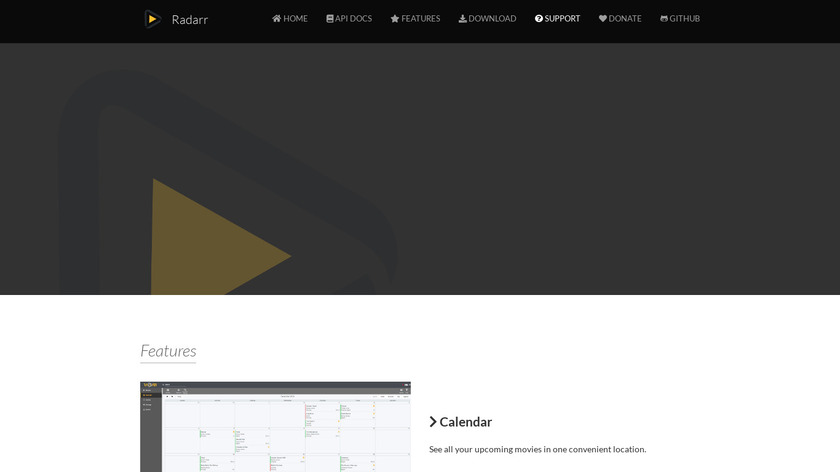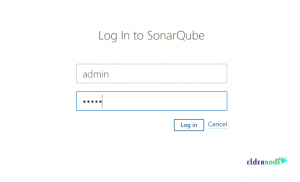

- Install sonarr centos7 install#
- Install sonarr centos7 software#
- Install sonarr centos7 download#
- Install sonarr centos7 free#
It’s worth giving you a quick rundown of how the RPM installs itself upon your computer: First off, it creates a general user/group called sabnzbd. Note: I provided the source rpms optionally they are not required unless you want to build this for yourself from scratch.
Install sonarr centos7 download#
You can also just visit the location I host these packages directly (via my repository) here and download the RPMs for yourself: # on CentOS 7.x using the nuxref repositories located
Install sonarr centos7 install#
# Download and install SABnzbd plus the Notification Addon Of course you do! So here’s the thing if you’ve already connected to my repository here, you can get it by simply typing the following: SABnzbd has tons of automation built into it I’m really just focusing on the basics here to get you going. You will have all of the content successfully retrieved at this point!

But alternatively, the NZB-File could have also been acquired from and Indexer too.
Install sonarr centos7 software#
It should be known that if you’re planning on posting/uploading stuff to Usenet yourself (for backup purposes or what have you), most (good) software will generate you an NZB-File afterwards allowing you to retrieve your data back again later on. NZB-Files are effectively treasure maps containing the coordinates on Usenet to which a specific piece of data can be located at. Indexers record this information in a special file call an NZB-File. But basically whenever an Indexer finds some useful data, it records the location as to where it was found. I talk more about this in another blog I wrote here a while back. These tools that do the sifting are generally known as Indexers. The good news is, (thankfully) people sift through the heaps of information constantly being posted (onto Usenet) using automated tools regularly. The thing with Usenet though is… it isn’t, and won’t be running out of disk space anytime soon. Well that’s exactly what Usenet is (greatly simplified) it’s one large centralized location filled with petabytes of data. You’d probably run out of hard disk space quickly and you’ll be left with a lot of content everywhere. Seriously though, just consider for a second what your computer would look like if you allowed absolutely anyone who has access to the internet to upload content freely and without rules to it. Don’t get me wrong this is cool too because it’s basically one very large hard drive without anyone telling you what you can and can’t place onto it.
Install sonarr centos7 free#
It’s basically a location where literally anyone with access to it can post/upload all they want at their free will anonymously. In the simplest terms: Usenet is a great big fucking mess a total disaster. In addition to this, I’ve packaged up my notification script I wrote which can further enhance this great product.įirst off lets summarize Usenet for those who don’t use it or aren’t already familiar with it. So I thought I’d share a working out of the box solution using RPMs. Recently there have been new improvements with SABnzbd in the past few releases.

SABnzbd is a versatile tool written in Python specifically designed to take an NZB-File as input and then retrieve all of the content defined inside of it for you automatically.


 0 kommentar(er)
0 kommentar(er)
